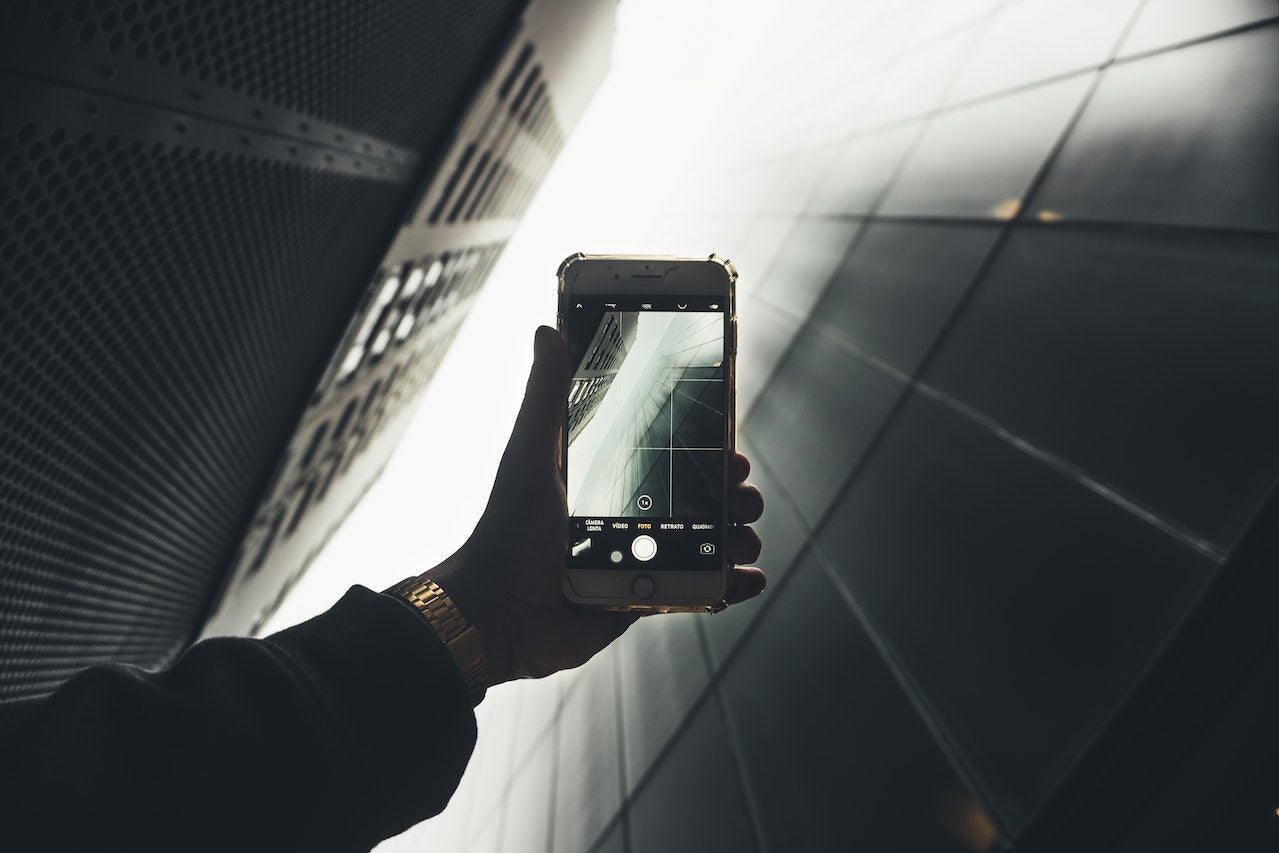Find Devices That Fit Your Needs

Selecting the Perfect Camera Phone: A Comprehensive Guide
As smartphones continue to evolve, their camera capabilities have reached remarkable heights, enabling us to capture and share our memorable moments with ease. Choosing the perfect camera phone can be a daunting task due to the wide array of options available. In this comprehensive guide, we will walk you through the process of selecting the ideal camera phone that suits your photography needs. By considering essential factors and understanding the features that matter most in today's mobile photography landscape, you'll be well-equipped to make an informed decision and elevate your photography game.
Megapixels and Image Quality
The resolution and level of detail in your photos are influenced by the number of megapixels in your camera phone. While higher megapixels can result in sharper images and greater cropping flexibility, it's important to remember that image quality is influenced by various factors, including sensor size, pixel size, and increasingly, sophisticated computational photography algorithms. Instead of fixating solely on megapixels, consider the overall image quality, dynamic range, and how well the camera performs in different shooting conditions. Many top-tier camera phones now utilize pixel binning techniques (e.g., combining four or nine pixels into one larger pixel) to improve low-light performance while still offering high-resolution options.
Sensor Size and Low-Light Performance
The sensor size of a camera phone plays a crucial role in capturing light, especially in low-light environments. Larger sensors generally perform better in challenging lighting conditions, resulting in reduced noise, improved dynamic range, and richer details. If you often find yourself capturing photos in dimly lit settings or enjoy nighttime photography, prioritize camera phones with larger main sensors. Advancements in computational photography, like long-exposure stacking in night modes, further enhance low-light performance on many modern devices.
Aperture and Depth of Field
The aperture of a camera phone lens determines the amount of light that enters the sensor and affects the depth of field in your photos. Wider apertures (indicated by smaller f-numbers) allow more light to enter, enhancing low-light performance and enabling you to achieve a shallow depth of field for captivating background blur effects in portraits. Many camera phones now feature multiple lenses with varying apertures, offering versatility in different shooting scenarios. While the depth of field on phone cameras isn't as pronounced as on dedicated cameras due to smaller sensors, software-based portrait modes effectively simulate this bokeh effect.
Optical Image Stabilization (OIS) and Electronic Image Stabilization (EIS)
Optical Image Stabilization (OIS) is a valuable feature that physically stabilizes the camera sensor or lens to minimize blurriness caused by hand movement while capturing photos or videos. It compensates for shakes and vibrations, resulting in sharper, clearer images and smoother video. Electronic Image Stabilization (EIS) uses software algorithms to reduce shake, often cropping the image slightly. The best camera phones often combine OIS and EIS for superior stabilization in both photo and video modes, especially important for capturing smooth 4K or even 8K video.
Multi-Camera Systems and Zoom Capabilities
Modern camera phones often feature multi-camera systems, including wide-angle, ultrawide-angle, and telephoto lenses. Ultrawide lenses allow you to capture expansive scenes, while telephoto lenses provide optical zoom capabilities, bringing distant subjects closer without significant digital zoom degradation. Consider your typical shooting scenarios when evaluating the focal lengths and zoom ranges offered by a phone's camera system. Pay attention to whether the zoom is optical (true magnification) or hybrid (combining optical and digital zoom with software enhancements).
Camera Software and Features
The camera software and features on a camera phone significantly impact your photography experience. Look for phones that offer advanced camera features such as manual controls (allowing adjustments to ISO, shutter speed, and focus), HDR (High Dynamic Range) for balanced exposure in challenging lighting, dedicated portrait mode with adjustable bokeh, effective night mode for low-light shooting, and various shooting modes (e.g., panorama, macro). Increasingly, AI-powered scene recognition and optimization enhance image quality automatically. User-friendly and intuitive camera interfaces can significantly enhance your overall shooting experience. The quality of video recording capabilities (resolution, frame rates, stabilization, and features like cinematic mode) is also a crucial factor for many users.
Reviews and Sample Images (and Videos!)
Before making a final decision, it's beneficial to read reviews and explore sample images and videos taken with the camera phone you are considering. Trusted reviews from reputable tech websites and photography-focused publications provide in-depth insights into the camera's performance, image quality, video capabilities, and user experience. Sample images and video footage allow you to evaluate the camera's capabilities in real-world scenarios, helping you assess its suitability for your specific photography and videography style.
Conclusion
Selecting the perfect camera phone requires thoughtful evaluation of factors such as megapixels (and the underlying sensor and processing), sensor size and low-light performance, aperture, optical image stabilization (OIS), electronic image stabilization (EIS), multi-camera systems and zoom capabilities, camera software and features (including video), and user reviews. Understanding your photography and videography needs and preferences is crucial in finding a camera phone that aligns with your expectations. Remember, the goal is to capture stunning photos and high-quality video that reflect your unique perspective, and the right camera phone will empower you to do just that. Take your time, explore different options, and make an informed decision that elevates your visual storytelling skills to new heights. Consider exploring both new and refurbished phones known for their excellent camera systems.














